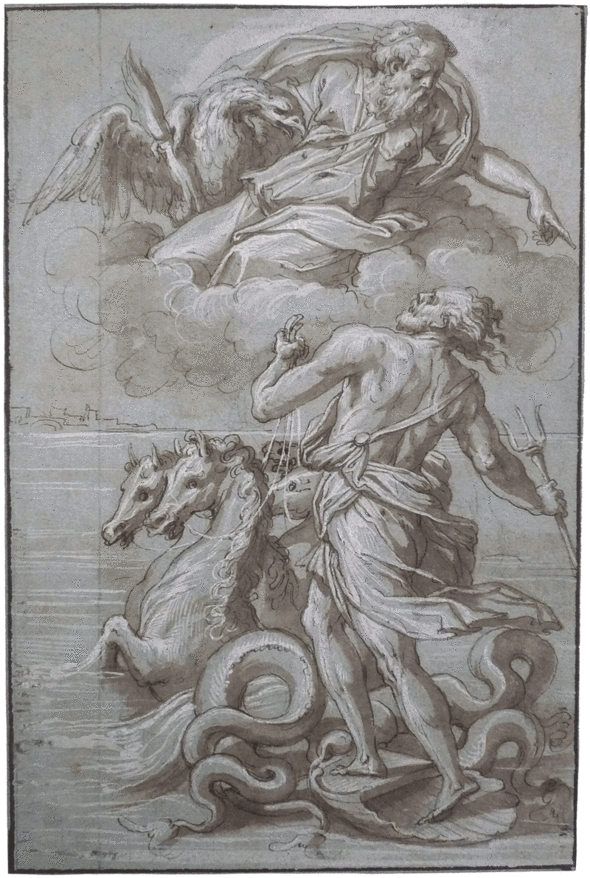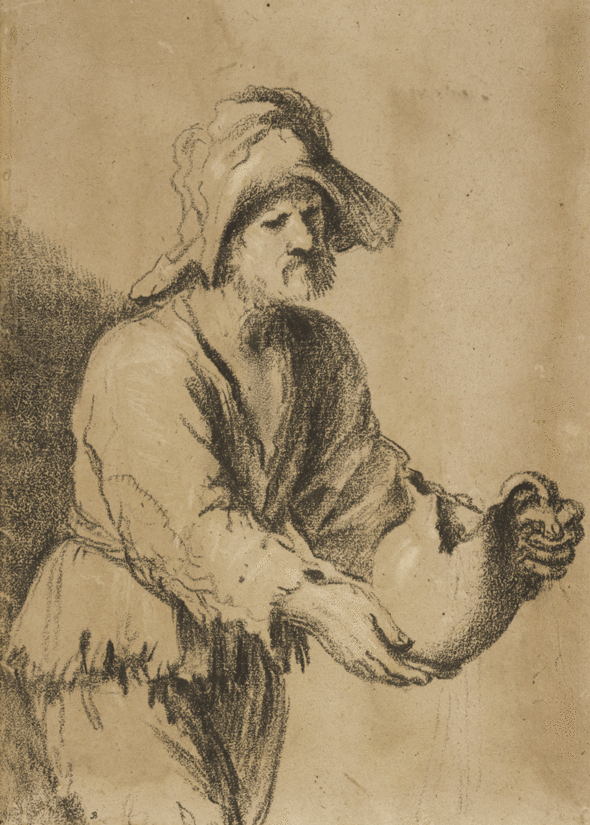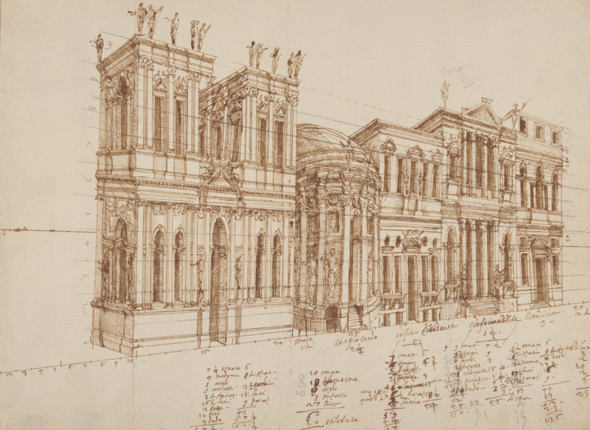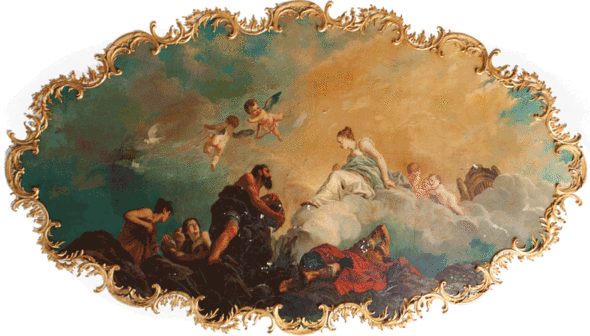By using this website you agree to our Cookie policy
In her introduction to a recent book on iconoclasm here under review, Stacy Boldrick sees the growth of interest in the subject as a response to ‘the dramatic increase in deliberate cultural vandalism around the world, from attacks on churches, mosques and synagogues, to the destruction of political statuary’.1 Her fellow contributors take a broad and inclusive view, as befits an expanding area of research and debate within the wider field of art-historical studies. This approach takes in many types of deliberate damage to symbolical artefacts ‘from objects to entire landscapes’. Moreover, such an approach is not restricted to deliberate harm but includes ‘actions ranging from damage and destruction to hiding, making, and even relocation and re-framing’, and it ranges in space and time from Prehistory to the present day. Semiotic jargon is frequently employed by some of the contributors to gloss over the controversial, as in Simon Baker’s defence of Jake and Dinos Chapman, whose defacement of Goya’s Disasters of war is described with a tone of specious neutrality merely as ‘sign transformation’ (Fig.44). Thus from the stern viewpoint of cultural materialism, nothing is sacred, and nothing is safe from hostile interventions by would-be ‘sign transformers’ whose actions are thereby falsely elevated to the same status as that of creative artists and craft specialists. The book is certainly rich in themes and suggestions, although its very inclusiveness sometimes proves unhelpful.





